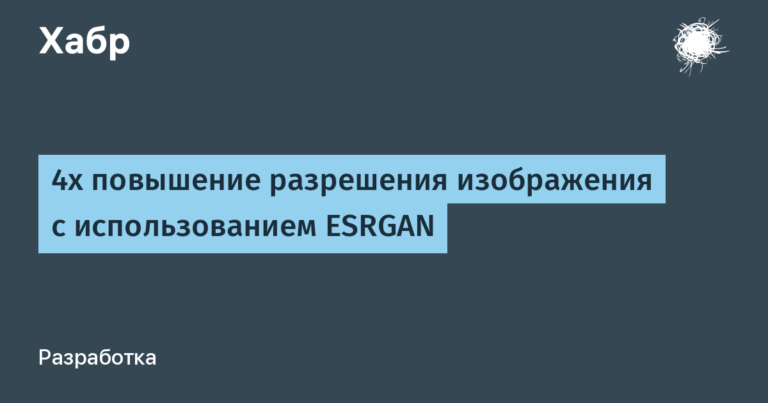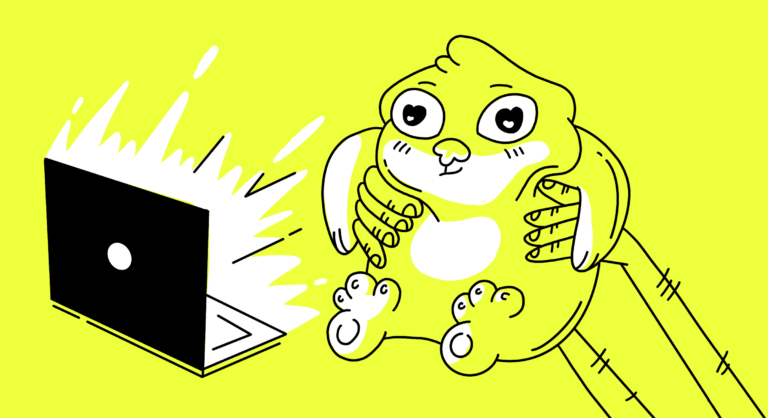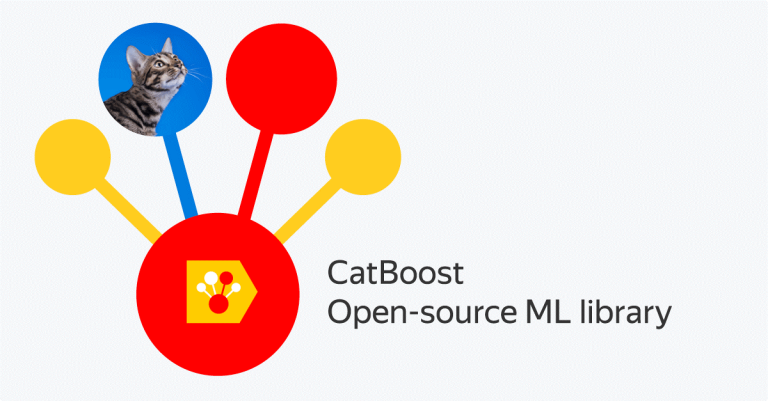Building a highly productive team: SberMarket experience

Hello, my name is Boris Volfson, and I am responsible for product and data at SberMarket. Today I will talk about our approach to building and developing teams that can demonstrate outstanding productivity. I will dwell in detail on traditional methods and non-standard tools that turned out to be effective for us in this process:
Hiring employees. Six key stages, from the moment we realize that our team needs a new employee until he completes the probationary period.
Goal setting. What principles do we take as a basis and how do we formulate OKR (Objectives and Key Results).
Development. Three tools that help us in this process.
Performance Management. How we evaluate employee performance.
Bonus. What to read on the topic.
Who are we
SberMarket is a four-sided platform that connects customers, retailers, couriers/collectors and brands. We started our journey as a small startup, but over time we have become the leader of the e-grocery market in Russia. In 2021, our total turnover (GMV) amounted to 62.6 billion rubles, and in 2022 it exceeded 103.5 billion rubles. From the second half of 2022, we entered the delivery market from restaurants and cafes.

Our technology divisions have made a major contribution to the company’s success. According to our estimates based on AB tests, we incrementally add up to 20% of turnover.

In this article, I will talk about the principles and approaches to forming highly productive teams using the example of my own team, which consists of product directors and directors of various functions.
How we hire. Who method
To begin with, we form a clear understanding of exactly what kind of employee our team needs. For this we use Who method. It is based on Jeff Smart’s book Who and features no less than three interviews. It allows us to hire specialists who are truly capable of achieving high results and moving the company forward.

Within this system, we first develop requirements for a specific position: we define the role, competencies, and also formulate OKR (Objectives and Key Results). This is important in order to find a candidate during interviews who best fits the pre-compiled portrait and, therefore, will be able to fulfill his mission in the company.
Engagement interview
We have a zero stage of interviews – this involves the candidate’s involvement and a story about our company and position with detailed answers to questions. The interview process is a two-way street and it is important that the candidate has a complete picture of the company and the vacancy.
I usually build a story from largest to smallest:
I describe the market;
the competitive landscape and our position;
what SberMarket is like inside and outside;
how our organizational structure and processes are structured;
what principles do we rely on in our work;
how the team is structured;
I give a short pitch to myself;
I describe in detail the position for which I am interviewing the candidate.
I try not to be in “sell mode” for the company and position. The candidate needs to be shown the underside of your approach. For example, the high-performance culture described in this article can lead to high levels of stress and is not suitable for everyone. In such moments you need to be as honest as possible.
Three interview stages
Our interview process consists of three stages, each of which has its own specifics:
Screening interview is a preliminary filtering of candidates carried out by an HR specialist.
Top-Grading-interview with the hiring manager. I personally use the biographical interview format. If we interview a person for a leadership position, we learn about his experience in his last three jobs. This helps to understand whether the candidate has achieved OKRs similar to those that will be waiting for him with us.
Focused interview. At this stage, the candidate’s competencies are assessed. I recommend using questions tied to the model of competencies and grades in your company. Focus interviews can be conducted by both colleagues and stakeholders. The more team members interact with a candidate, the better they can evaluate him from different angles.
The results of all interviews are stored in one document, making it easy to view candidate profiles and compare them with each other. We also add information about the candidate obtained at subsequent stages to this file.
Collection of references
After the interview, we collect references – comments from the candidate’s previous places of work. This allows you to confirm his strengths, especially soft skills, which are not always easy to objectively assess during an interview. For a line employee we take 3 reviews, for a manager – 5, for a director – from 7 to 9. We be sure to include reviews from past managers in the list.
When requesting a reference, it is important to approach the process correctly:
It is necessary to make sure that the person is really can give an objective assessment of qualities and skills. To do this, you need to clarify the context in which the interviewee worked with the candidate.
It’s important to be specific in your requests. Don’t just ask if the employee is good, but ask specific questions about his skills, achievements, weaknesses and strengths. For example, how he works in a team, how he copes with deadlines, what is his level of expertise in a certain area, etc.
It is important to ask for more than just positive informationbut also learn about possible growth areas.
And finally always thank the person for the time spent and information provided.
Formation of a competitive offer
To create a relevant offer, you need to have a good understanding of the salary ranges in the market. If your task is to find a candidate who is in the top 10% of the best representatives for his position, you need to understand that he will cost accordingly. But the strongest professionals increase the talent density in the company and attract equally strong candidates, so it’s worth it.
In addition to compensation, it is important to state in the offer the goals for which you are inviting the candidate. In our case, these are OKRs that were compiled in the first step of the Who method.
We usually make the offer itself in the form of a small presentation. We answer questions during the process in order to maintain full transparency for the candidate regarding the proposed terms.
Onboarding and trial period
Adaptation is an important stage for every new employee in a company. Onboarding begins from the moment a candidate accepts an offer and continues during the first few weeks or months of work.
This process includes:
getting to know the team;
mastering the workplace;
training in corporate standards and company culture;
familiarization with the main tasks and responsibilities.
We add goals for the probationary period and feedback from colleagues to the same who file. As part of onboarding, the manager pre-arranges meetings with colleagues and stakeholders of the new employee in the first weeks of work.
Our probationary period lasts three months. During this period, the new employee must demonstrate his competence and ability to work effectively in a team. The manager and colleagues evaluate the employee’s work, and the employee, in turn, can evaluate how suitable the work in the company is for him. Based on the results of the trial period, a decision is made on further cooperation.
How we set our goals
The basic principles on which SberMarket is built are: commitment to outstanding results And taking into account the strengths of each team member. These principles apply both to the organization of processes and to interaction with employees.
We use the OKR (Objectives and Key Results) system. It is a management methodology that helps companies and employees achieve their goals more effectively. It was developed at Intel in the 1970s and has since been used by many successful companies around the world.
The basic idea of OKR is to define 3-5 Objectives that need to be achieved within a certain time. For each goal, identify 3-5 Key Results that will show whether it has been achieved. Goals should be ambitious and motivating, and results should be specific, measurable and time-bound.
OKRs are divided into two types:
ambitious (aspirational), less measurable and specific;
real (committed) that must be achieved within a certain period.
We stick to the second option.
OKRs are mandatory for all managers. Line employees formulate their OKRs independently and coordinate them with managers.
Managers’ OKRs are formed based on the company’s goals. The senior management team discusses strategic directions, the global business plan and sets goals for the quarter. This leads to the formation of the company’s OKRs, which are distributed among top managers. In turn, VPs cascade and decompose these OKRs across their teams.
We initially used Confluence to set and track OKRs, but then switched to an internal tool, which turned out to be more efficient and transparent. Any employee can view the goals and progress of the vice president by going to his card. We have plans and progress bars, which allows us to always understand how close we are to achieving our goals.
Using OKRs helps you focus on the most important tasks, improves communication within and between teams, and helps track progress towards goals. Each manager has their own OKRs, which are consistent with the OKRs of the company or a higher department. This helps ensure that everyone is working towards the same goals and moving in the same direction.
How do we develop teams?
We believe that our the team is the most valuable resource, so we invest in its development. It can be stimulated in various ways. We actively use standard tools such as conferences, trainings, courses and study groups.

We work with competency model And we develop IPR for each employee. We use this model in focus interviews, and it also turns out to be useful for the development of specialists. When we aligned the scales for assessing the competencies of each team member, all product leaders were synchronized across the areas of responsibility and grades of their subordinates.
This helped us understand the real level of each employee and create an individual work plan for him. Thus, there is an opportunity to take on more responsibility and move up the career ladder.
Strengths Assessment (Clifton Strength)
Clifton Strengths, also known as Gallup Strengthsfinder, is a psychometric test developed by Gallup that helps you identify your strengths and talents. It is based on the research of Dr. Donald O. Clifton, who has studied the strengths of human personality for more than 50 years.
The test assesses a person on 34 different talent “themes,” which are divided into four domains: Execution, Influence, Relationship Building and Strategic Thinking. This helps you understand how you can use your strengths to achieve success and how to level out your weaknesses to effectively interact with colleagues.
After passing the test, I recommend debriefing the team and holding a general session to discuss strengths.

Working with the Process Communication Model (PCM)
We also integrate Process Communication Model (PCM) into our approach to team development. It is a tool that helps us understand how different personality types perceive the world, react to stress, and interact with each other. This is especially important for us, since a highly productive crop can generate stress.
You can read more about what methods of dealing with stress we practice in the article by my colleague Oleg Fedotkin, head of the SberMarket IT platform: How to use science to reduce stress in IT.
PCM analyzes six personality types: Logician, Tenacious, Rebel, Doer, Spiritual and Dreamer. It helps you determine how much each personality type is present in your team, and offers tips for managing motivation, stress, and communication for each type.

For example, in our company, most employees exhibit the Logician personality type. Such people, in stressful situations, may feel that their colleagues are not doing a good enough job. Also, many employees have a fairly high score in the Persistent category. Characteristics of this type include confidence and an intuitive understanding of what needs to be done. The actions of such people are based on values.
Using PCM helps us create more harmonious interaction within the team and allows each employee to better understand themselves and their colleagues. This, in turn, contributes to more effective work and achievement of goals.
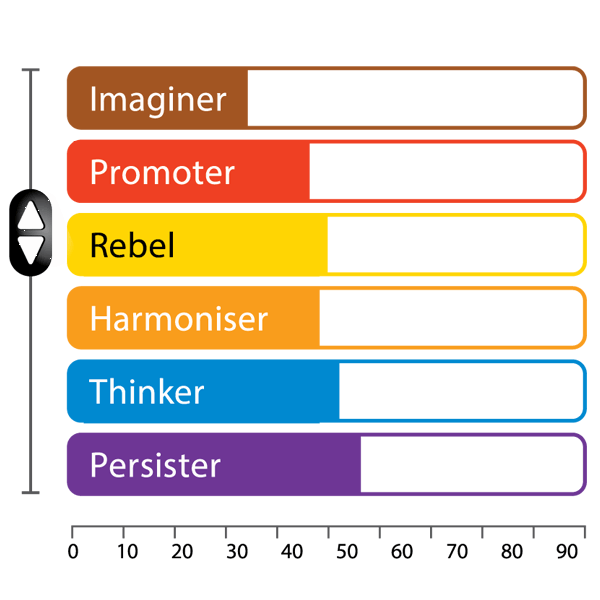
How we manage performance
We recognize that even the most outstanding employee can have ups and downs at different times. Therefore, we strive to separate the evaluation of performance from the evaluation of the employee himself. We believe that the optimal period for reviewing a performance is six months.
Our performance assessment procedure is as follows:
Self-esteem: each employee evaluates his achievements over the past six months and chooses the rating that he thinks he deserves
“B” (below expectations)
“B+” (slightly below expectations)
“A” (within expectations)
“A+” (above expectations)
“Transformer” (much higher than expected).Evaluation from key colleagues and manager: these are those who are the “customers” of the employee’s work within the company and can objectively evaluate the results of his work for the business.
These estimates are analyzed and controversial cases are discussed in calibration sessions.
Based on the assessment results, each employee receives a development plan, which I, as a manager, only slightly supplement. My experience shows that it is more effective when an employee analyzes his work independently and in a structured manner.
We strive to create an environment where every team member is motivated to work at their full capacity and achieve outstanding results. If an employee is not achieving the expected level of performance, the manager’s job is to help him find ways to improve. This could be as a development plan in your current role or as a search for a more suitable position. We don’t have a tradition of firing people if they haven’t completed a task.
We are confident that this approach helps us attract and retain talented employees who are focused on finding opportunities rather than working within rules and restrictions. This leads to increased speed, productivity and autonomy. And both individual employees and the team as a whole.
Conclusion
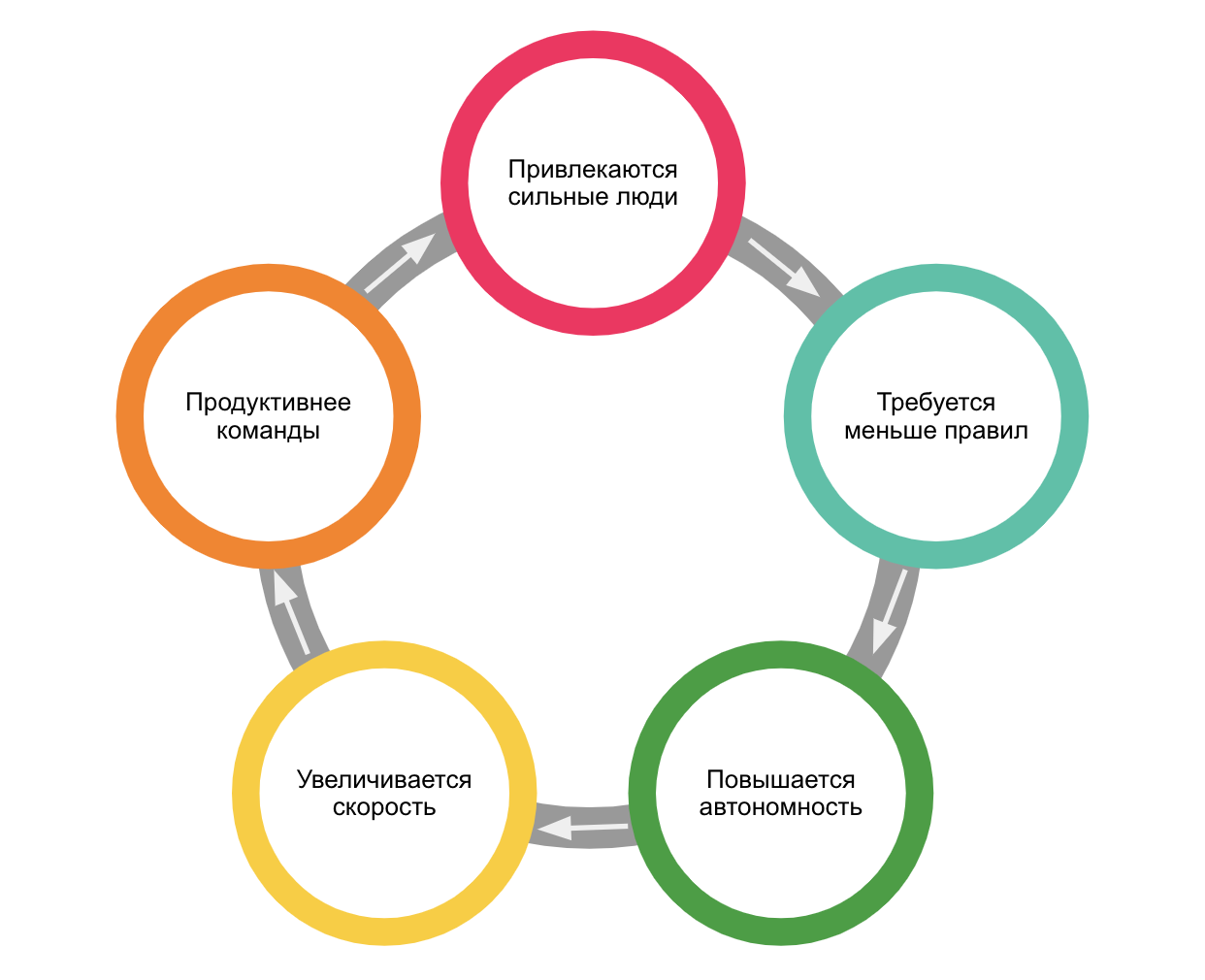
Managing team performance is a critical aspect of a company’s success. In this article, we discussed a number of strategies and tools that can be used to optimize productivity at the individual and team levels. In particular, we looked at the use of psychometric tests such as the Clifton Strengths and the Process Communication Model to understand employees’ strengths and weaknesses, as well as their personality types and stress behaviors. This allows you to create strong and balanced teams, as well as adapt your management style to the individual needs of employees.
In addition, we discussed our approach to performance assessment, which separates the “performance” from the person, allowing employees to self-reflect and analyze their performance, as well as receive feedback from key colleagues and the manager. This helps to create an objective picture of each employee’s performance, and also allows you to identify ways for further development and improvement.
Ultimately, our goal is to create a work environment in which every employee feels valued, supported and motivated achieve outstanding results. We believe that this approach not only improves the quality of work, but also helps create a stronger, more productive and harmonious team.
What to read?
“High Output Management” from Andrew Grove, former CEO of Intel, in which he shares his management experiences in this management classic. He examines all aspects of production management, from planning and organization to motivation and control, and explains how to apply these principles to modern business. The book is a practical guide to improving productivity at all levels of an organization.
“No Rules Rules: Netflix and the Culture of Reinvention” by Reed Hastings and Erin Meyer. The authors talk about Netflix’s unusual culture, which encourages independence and innovation. It offers a unique perspective on how to create and maintain a high-performance culture within a team or organization.
“Amp It Up” by Frank Slootman. Helps leaders learn to develop the strengths of their teams to achieve better results and create a positive work environment, constantly raising the bar.
“StrengthsFinder 2.0” from Gallup and Tom Rath. This book helps readers identify their strengths and use them to achieve success, which is closely related to the description of using Clifton Strengths in our article.
“The Effective Executive” by Peter Drucker. This book is aimed at increasing the personal effectiveness of a leader, which is important for managing team effectiveness.
“The Five Dysfunctions of a Tea” by Patrick Lencioni. Talks about how to overcome common problems that teams face and become a more cohesive and effective group.
“Drive: The Surprising Truth About What Motivates Us” by Daniel Pink. The book is about what factors actually motivate people, which is useful for understanding team dynamics and personnel management.
“Radical Candor: Be a Kick-Ass Boss Without Losing Your Humanity” by Kim Scott. Talks about how to become a good leader by caring for your subordinates and, at the same time, firmly demanding results from them.
“Measure What Matters: How Google, Bono, and the Gates Foundation Rock the World with OKRs” by John Doer. In this book, the author explains how the OKR (Objectives and Key Results) methodology helps companies set and achieve ambitious goals while maintaining team motivation and cohesion.
Product&data team of SberMarket manages social networks with news and announcements. If you want to know what’s under the hood of high-load e-commerce, follow us on Telegram and on YouTube. And also listen podcast “For tech and these” from our it managers.
